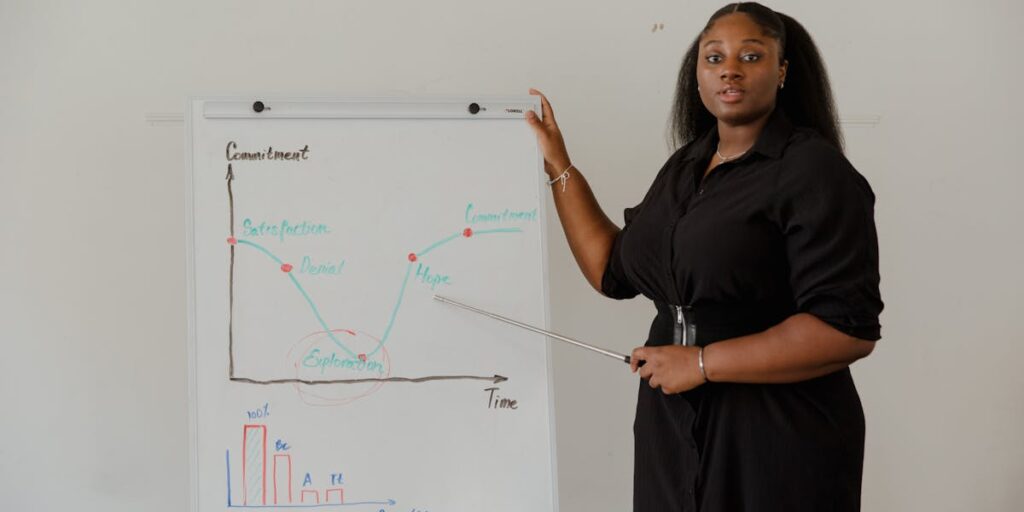Examine the Relationship Between Identity and Identification
Identity and identification are closely related sociological concepts that help explain how individuals see themselves and relate to others in society. Identity refers to how people define themselves, while identification is the process through which this identity is formed and recognized within a social context.
—
What is Identity?
Identity is a person’s sense of self. It encompasses:
1. Personal Identity:
– The unique characteristics and traits that define an individual, such as personality, preferences, and beliefs.
– Example: A person may see themselves as introverted or creative.
2. Social Identity:
– The way individuals categorize themselves within social groups, such as nationality, religion, gender, or profession.
– Example: Identifying as a teacher, an Indian, or a feminist.
3. Cultural Identity:
– The shared customs, traditions, and values that connect individuals to their culture.
– Example: Celebrating festivals or speaking a native language.
—
What is Identification?
Identification is the process through which identity is constructed and validated. It involves:
1. Internal Identification:
– How individuals perceive and define themselves. This is influenced by personal experiences, beliefs, and aspirations.
– Example: A person identifying themselves as a kind-hearted individual based on their actions.
2. External Identification:
– How others recognize or categorize an individual. Society assigns identities based on cultural norms and social interactions.
– Example: Being labeled as a “leader” by peers in a workplace.
3. Group Identification:
– The alignment of an individual’s identity with a particular group, which provides a sense of belonging and shared purpose.
– Example: Identifying as part of a sports team or a political movement.
—
Relationship Between Identity and Identification
1. Mutual Influence:
– Identity and identification are interdependent. Identity shapes how individuals present themselves, while identification validates or challenges these self-perceptions.
– Example: A person who identifies as an artist may feel validated when others appreciate their work.
2. Social Construction:
– Both identity and identification are shaped by social structures, cultural norms, and interactions. For instance, gender identity is influenced by societal expectations and roles.
3. Dynamic Nature:
– Identity evolves as individuals interact with their environment and society. Identification is a continuous process where identities are affirmed, rejected, or reshaped.
– Example: A person might initially identify strongly with their cultural heritage but later adopt new aspects of identity when moving to another country.
4. Power and Recognition:
– Identification can be a tool for inclusion or exclusion. When a society recognizes someone’s identity, it empowers them. Conversely, misidentification or lack of recognition can marginalize individuals.
– Example: Transgender individuals often face challenges in gaining recognition for their gender identity.
—
Sociological Theories on Identity and Identification
1. Erik Erikson’s Stages of Identity Development:
– Erikson emphasized that identity formation occurs across different life stages, influenced by personal experiences and social expectations.
2. Goffman’s Presentation of Self:
– Erving Goffman argued that individuals present their identities like actors on a stage, using performance to shape how others perceive them.
3. Foucault’s Power and Identity:
– Michel Foucault highlighted the role of power in shaping identities, particularly through institutions like education, law, and medicine.
4. Social Identity Theory:
– Proposed by Henri Tajfel, this theory explains how group membership influences self-esteem and intergroup behavior.
—
Examples of Identity and Identification in Society
1. National Identity:
– Identity: Feeling proud to belong to a nation.
– Identification: Recognized as a citizen by carrying a passport.
2. Gender Identity:
– Identity: A person identifies as male, female, or non-binary.
– Identification: Society acknowledges their identity through legal documents, pronouns, and social acceptance.
3. Professional Identity:
– Identity: Seeing oneself as a doctor or engineer.
– Identification: Society validates this through qualifications, job roles, and workplace interactions.
—
Challenges in Identity and Identification
1. Conflict Between Self-Identity and Social Identification:
– Individuals may face conflicts when their personal identity does not align with societal expectations.
– Example: LGBTQ+ individuals struggle for acceptance in societies with rigid gender norms.
2. Stereotyping and Misidentification:
– People are often misidentified based on stereotypes, leading to discrimination and marginalization.
– Example: Assuming someone’s capabilities based on their ethnicity or appearance.
3. Globalization and Hybrid Identities:
– In a globalized world, people often adopt multiple identities, leading to hybrid identities that combine different cultural elements.
—
Conclusion
The relationship between identity and identification is central to understanding how individuals interact with society. Identity is about how people see themselves, while identification is about how they are recognized and validated by others. This interplay shapes personal and social life, influencing everything from self-esteem to social cohesion. Recognizing and respecting diverse identities is crucial for building inclusive and equitable societies.





